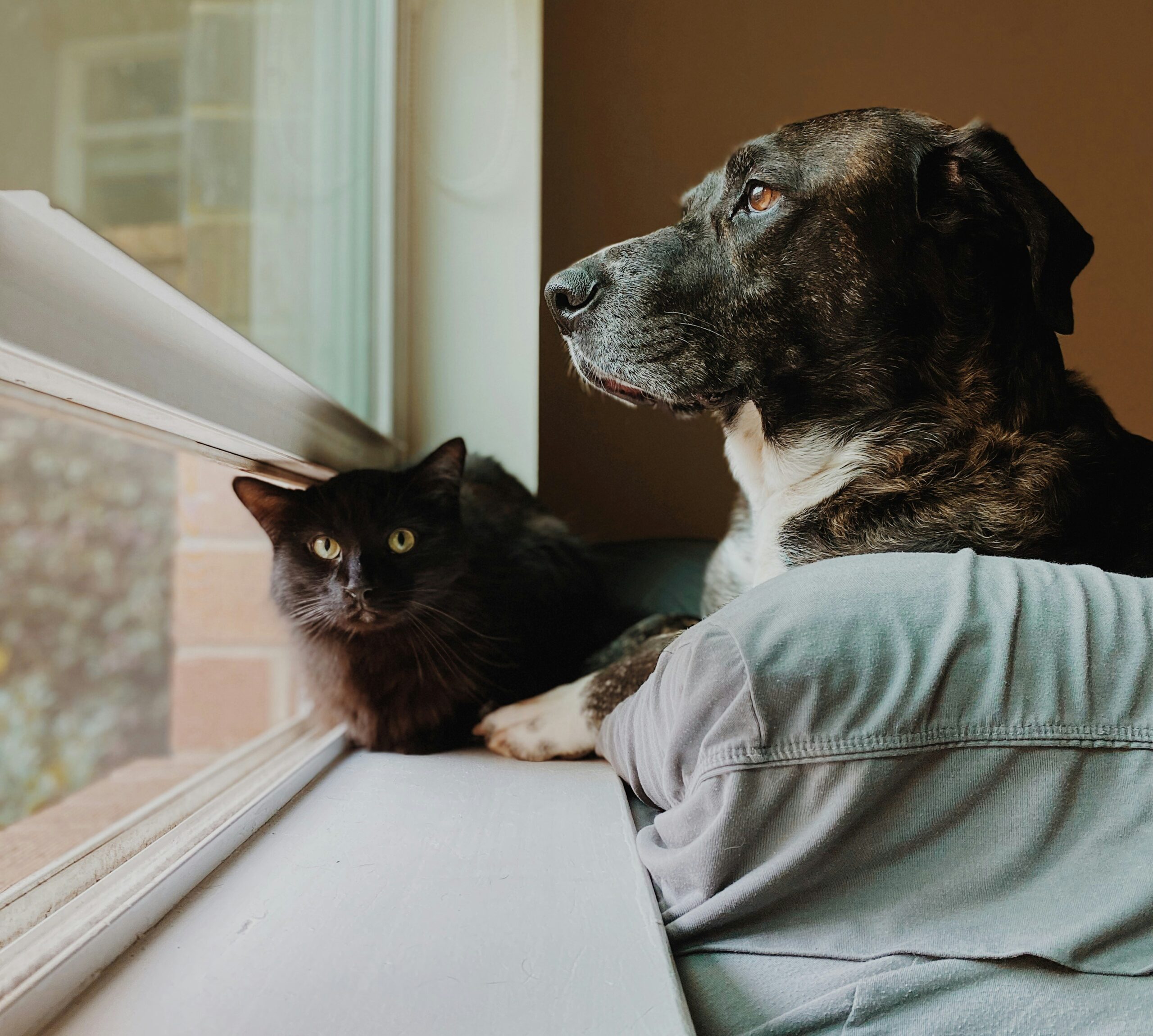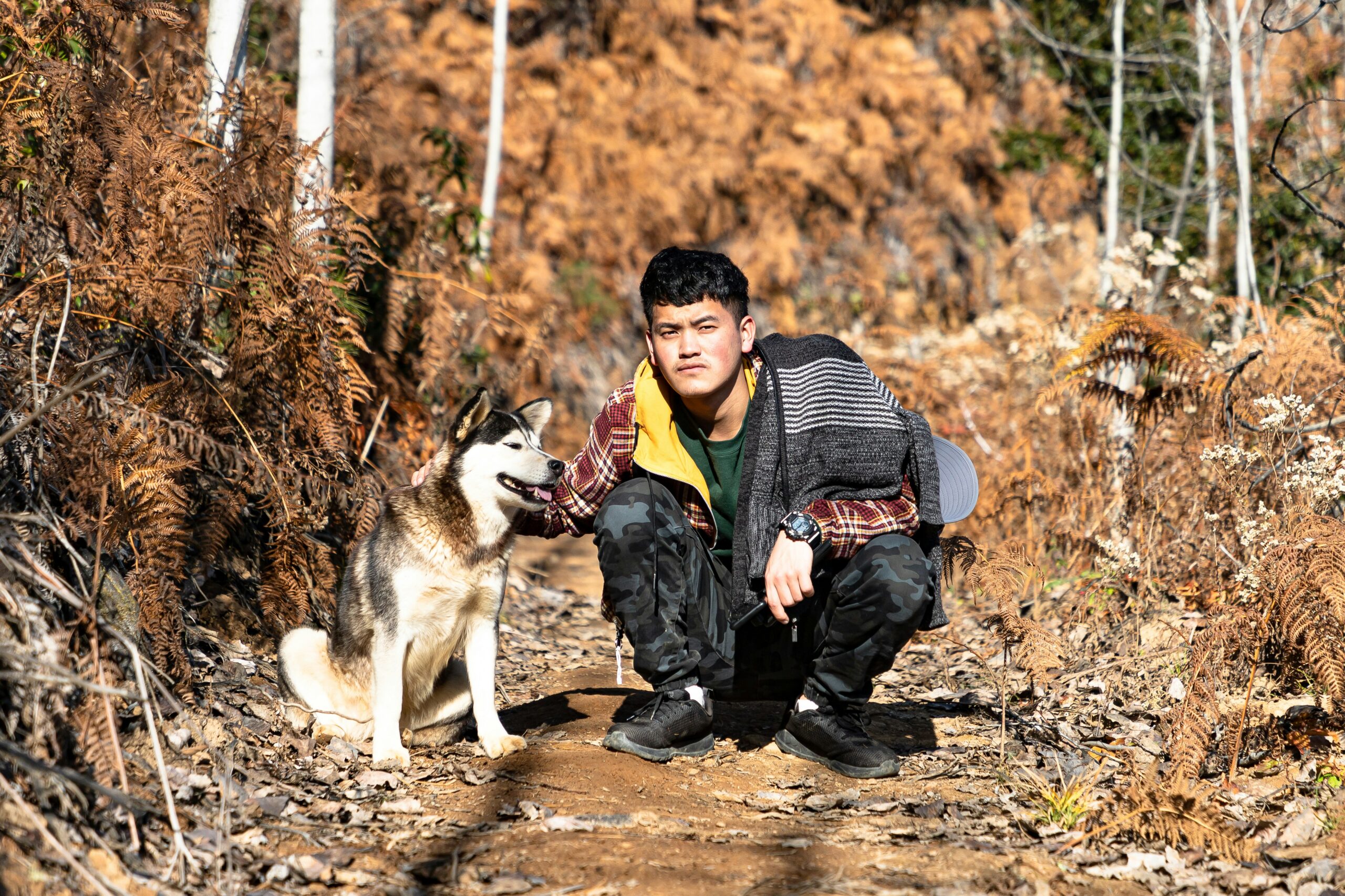Why Do Dogs Wink? Discover the Surprising Reasons Behind This Charming Behavior

Dogs are known for their expressive behavior, and one of the most intriguing gestures they make is winking. While a wink can seem like a simple, playful action, it’s actually a multifaceted behavior that can reveal a lot about your dog’s health, emotions, and communication style. In this blog, we’ll explore the various reasons why dogs wink, what it might mean, and how you can interpret this charming behavior.
1. Understanding the Wink: What Does It Mean?
A wink is a quick closing of one eye, often accompanied by a raised eyebrow or a specific facial expression. For dogs, this action can be influenced by various factors, ranging from communication to health issues.
A. Communication and Social Signals
- Relaxed Interaction: In social interactions, a dog might wink as a sign of relaxation or non-threatening behavior. It can be a way for them to communicate that they’re friendly and not a threat.
- Submissive Gesture: Winking can also be a submissive gesture, signaling to other dogs or humans that they acknowledge their lower status or wish to avoid conflict.
Supporting Evidence: Observations of canine body language show that dogs use various eye and facial movements to communicate their intentions and emotions.
B. Health Indicators
- Eye Irritation: Sometimes, a dog might wink due to irritation or discomfort in one eye. This can be caused by debris, allergies, or minor infections.
- Injury or Pain: If a dog is winking frequently or more intensely than usual, it could indicate an underlying health issue, such as an eye injury or infection.
Supporting Evidence: Veterinary experts suggest that persistent winking or eye abnormalities should be evaluated to rule out potential health concerns.
2. The Science Behind Dog Winking
To better understand why dogs wink, let’s dive into the science behind this behavior.
A. Anatomical Considerations
- Eye Anatomy: Dogs have a nictitating membrane (third eyelid) that helps protect and lubricate the eye. Winking might involve the movement of this membrane and can be influenced by various factors.
- Facial Muscles: The muscles responsible for eye movements in dogs are similar to those in humans, allowing for a range of expressions and gestures.
Supporting Evidence: Research on canine anatomy and behavior highlights the role of facial muscles and the nictitating membrane in eye movements and expressions.
B. Evolutionary Perspective
- Inherited Traits: Some behaviors, including winking, may be inherited traits from their wild ancestors. Wild canids use various eye and facial movements for communication and social interactions.
- Social Bonding: Winking might also be a part of dogs’ social bonding practices, helping to establish and maintain positive relationships with humans and other animals.
Supporting Evidence: Evolutionary studies on canine behavior suggest that many facial expressions and gestures have roots in social and communicative functions.
3. Interpreting Your Dog’s Winks: What to Look For
Understanding the context in which your dog winks can help you interpret their intentions and emotions.
A. Contextual Clues
- Situational Factors: Pay attention to the context in which your dog winks. Is it during a relaxed moment, playtime, or when meeting new people? The situation can provide clues about the meaning behind the wink.
- Accompanying Behaviors: Observe any accompanying behaviors, such as tail wagging, relaxed body posture, or vocalizations. These can offer additional insights into your dog’s feelings.
Supporting Evidence: Contextual analysis is crucial for accurately interpreting canine behavior and understanding their emotional state.
B. Frequency and Consistency
- Occasional Winking: If winking happens occasionally and seems to be part of normal interaction, it’s likely a benign behavior related to communication or relaxation.
- Frequent or Persistent Winking: Frequent or persistent winking, especially if accompanied by other signs of discomfort, may warrant a closer look to rule out health issues.
Supporting Evidence: Behavioral studies suggest that the frequency and consistency of certain actions can provide important clues about their meaning and significance.
4. Common Reasons for Dog Winking
Here are some common reasons why your dog might be winking and what you can do about it.
A. Friendly Gesture
- Friendly Interaction: Winking can be a way for your dog to show friendliness and affection. It’s often accompanied by other signs of contentment, such as a relaxed body posture or wagging tail.
- Bonding Moment: Use winking as an opportunity to strengthen your bond with your dog. Respond with gentle praise and positive reinforcement to reinforce the friendly interaction.
Supporting Evidence: Positive reinforcement and responsive interactions can enhance the bond between dogs and their owners.
B. Eye Irritation
- Possible Causes: Eye irritation can be caused by dust, allergens, or minor infections. Look for signs such as redness, discharge, or excessive blinking.
- Veterinary Care: If you suspect eye irritation, consult a veterinarian for a thorough examination and appropriate treatment to ensure your dog’s eye health.
Supporting Evidence: Veterinary advice is essential for diagnosing and treating eye irritation and other health issues in dogs.
C. Pain or Discomfort
- Injury or Pain: Winking might indicate pain or discomfort, particularly if it’s more intense or frequent than usual. Look for other signs of discomfort, such as squinting, pawing at the eye, or changes in behavior.
- Medical Evaluation: If you notice persistent winking or other concerning symptoms, seek veterinary evaluation to address any underlying health problems.
Supporting Evidence: Monitoring your dog’s behavior and seeking veterinary care when necessary is important for addressing potential health issues.
5. Real-Life Examples: What Dog Owners Say
Hearing from other dog owners can provide valuable insights into common experiences with winking behavior.
A. Friendly Winks
- Positive Experiences: Many dog owners have observed their pets winking as a sign of friendliness and affection, often during relaxed or playful moments.
- Bonding Stories: Owners share stories of how winking has become a charming part of their interactions, strengthening their bond with their dogs.
Supporting Evidence: Testimonials from dog owners highlight the positive and affectionate aspects of winking behavior in dogs.
B. Health Concerns
- Medical Cases: Some owners have encountered health issues related to persistent winking, such as eye infections or irritations. Early intervention and veterinary care have been crucial for resolving these issues.
- Preventive Measures: Owners emphasize the importance of regular eye check-ups and monitoring for any unusual signs to ensure their dogs’ eye health.
Supporting Evidence: Real-life experiences with health concerns underscore the importance of monitoring and seeking veterinary care for persistent or unusual behavior.
6. Tips for Managing Your Dog’s Winking Behavior
To ensure your dog’s well-being and enhance your understanding of their winking behavior, consider these tips:
A. Regular Health Check-ups
- Veterinary Visits: Schedule regular veterinary check-ups to monitor your dog’s overall health and address any potential eye issues promptly.
- Eye Care: Keep an eye on your dog’s eye health and consult a vet if you notice any signs of irritation, discomfort, or changes in behavior.
Supporting Evidence: Regular veterinary care is essential for maintaining your dog’s health and addressing any potential issues early.
B. Observing and Responding
- Watch for Patterns: Observe your dog’s winking behavior and note any patterns or changes. This can help you better understand their needs and identify any potential concerns.
- Positive Reinforcement: Respond positively to friendly winks and use them as opportunities to reinforce your bond with your dog through gentle praise and affection.
Supporting Evidence: Observational skills and positive reinforcement are valuable for understanding and responding to your dog’s behavior effectively.
Conclusion: Embracing the Charm of Your Dog’s Wink
Winking is a fascinating and multifaceted behavior in dogs, revealing insights into their communication, health, and emotions. Whether it’s a friendly gesture, a sign of irritation, or something else entirely, understanding the reasons behind your dog’s winks can help you respond appropriately and strengthen your bond.
By observing your dog’s behavior, considering their health, and providing positive reinforcement, you can appreciate the charm of their winks and ensure their well-being. So next time your dog gives you a wink, you’ll know just what it might mean and how to cherish this endearing behavior.




